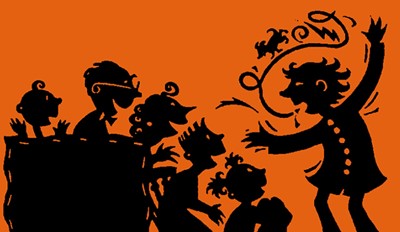Following up on our post ‘How We Believe The First Explanation We Hear‘ I like this post of Valeria Maltoni ‘We Have two General Models of Storytelling. One is Ancient. One is New. It is Only a Matter of Time Before they Collide‘. Storytelling is how we develop our view of the world. The article is meaningful because it adds a dimension between the subjective, relational storytelling and the new storytelling generated automatically from computer-based knowledge.

There would be two different kind of storytelling:
- anecdotal storytelling, passed between individuals and based on a low level of information – local and variable,
- the statistical storytelling, produced by new technology based on global information and data – global and standard.
Quoting from Christopher G. Moore: “We have a generation who are getting their stories from the global library, and the international group of story-tellers are transmitting stories that may conflict or contradict what they learned at home or school. As storytellers compete for the attention of an expanded global audience, the stories essential to sustain local cultures are threatened. Stories that inspire are no longer exclusively based on local elites, celebrities or events. […] The statistical story has disrupted and threatens to displace the anecdote.”
Valeria Maltoni makes a powerful point by contradicting this statement: “we have a hard time shedding the subjective story. Because it feels more real […] The reason why we feel more connected to a subjective story is that it influences our emotions. The statistical story keeps changing based on updates and fixes. We have a hard time connecting to that. But the statistical story can make us more efficient, improve our decisions.“
In any case, the conflict between statistical story and a more subjective, emotional one is I believe an essential conflict for all of us today. Let’s be more conscious of it.
